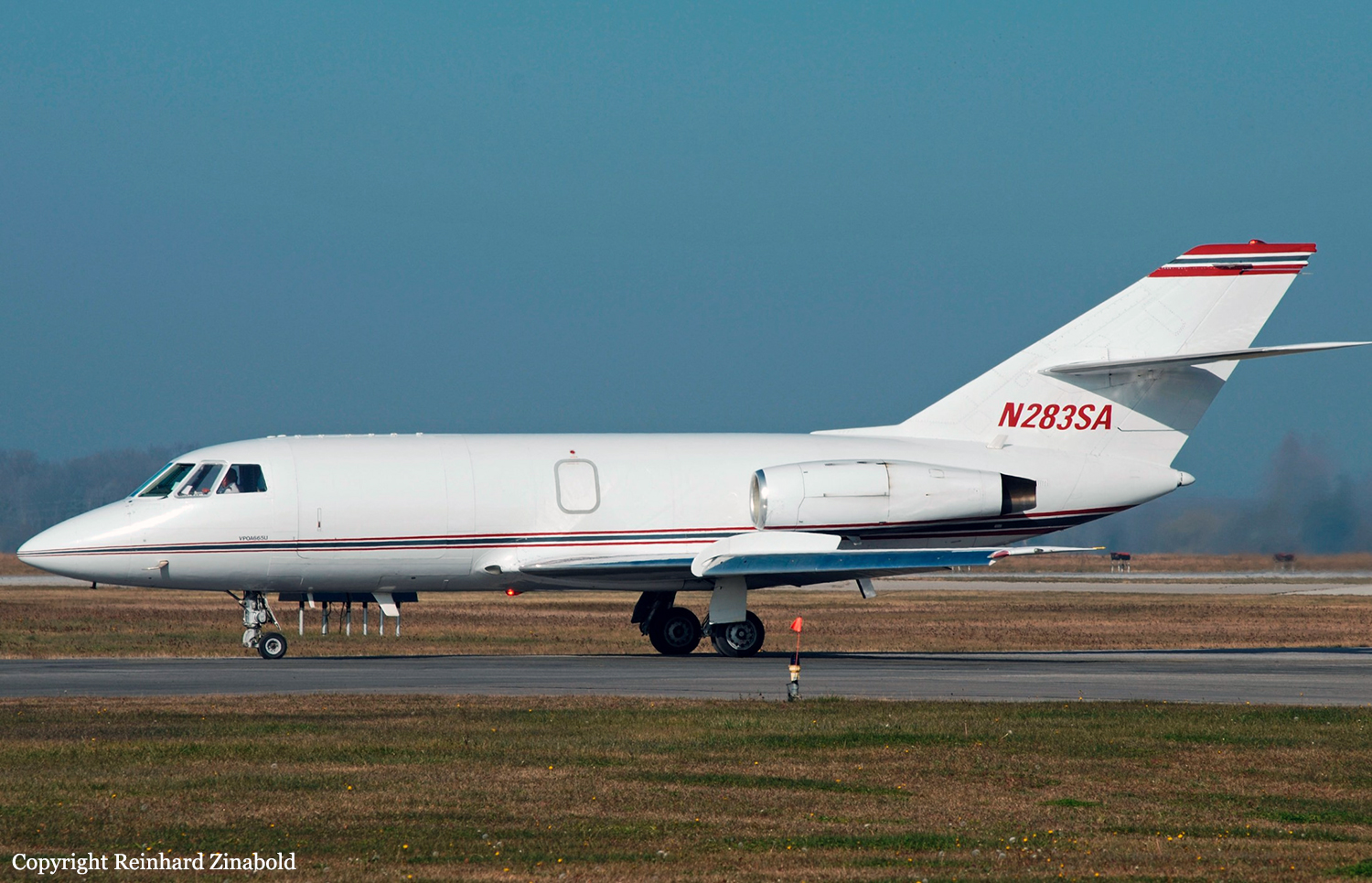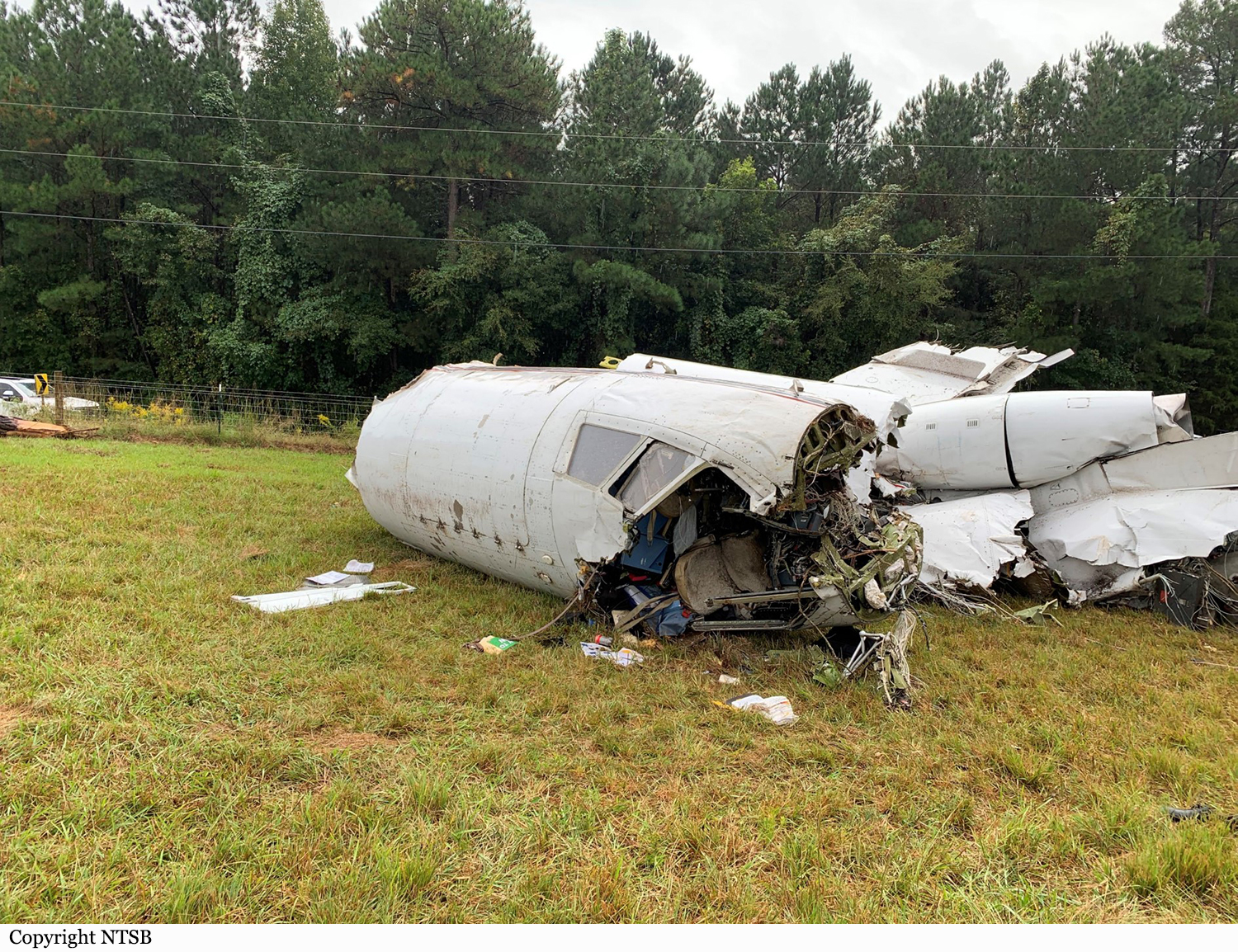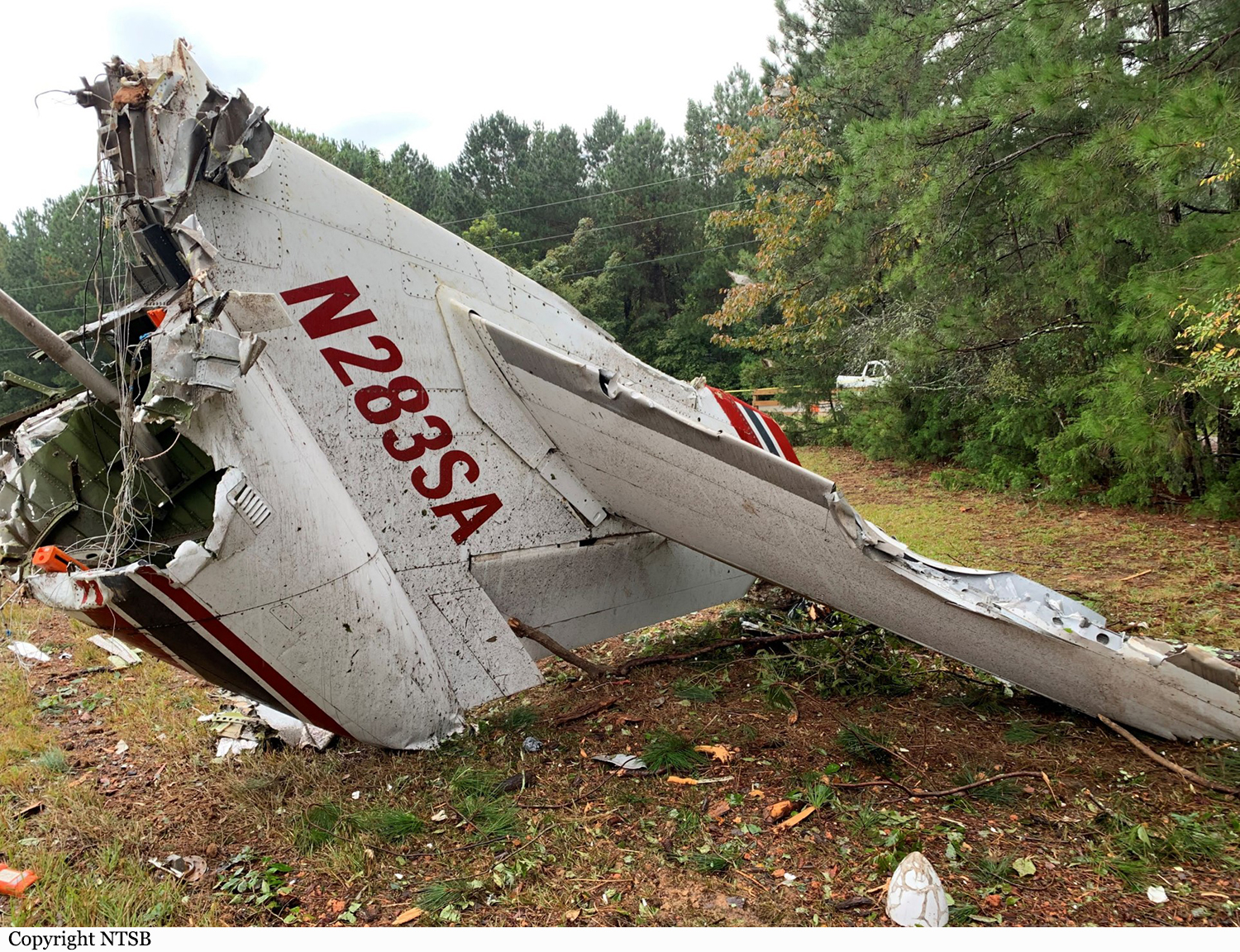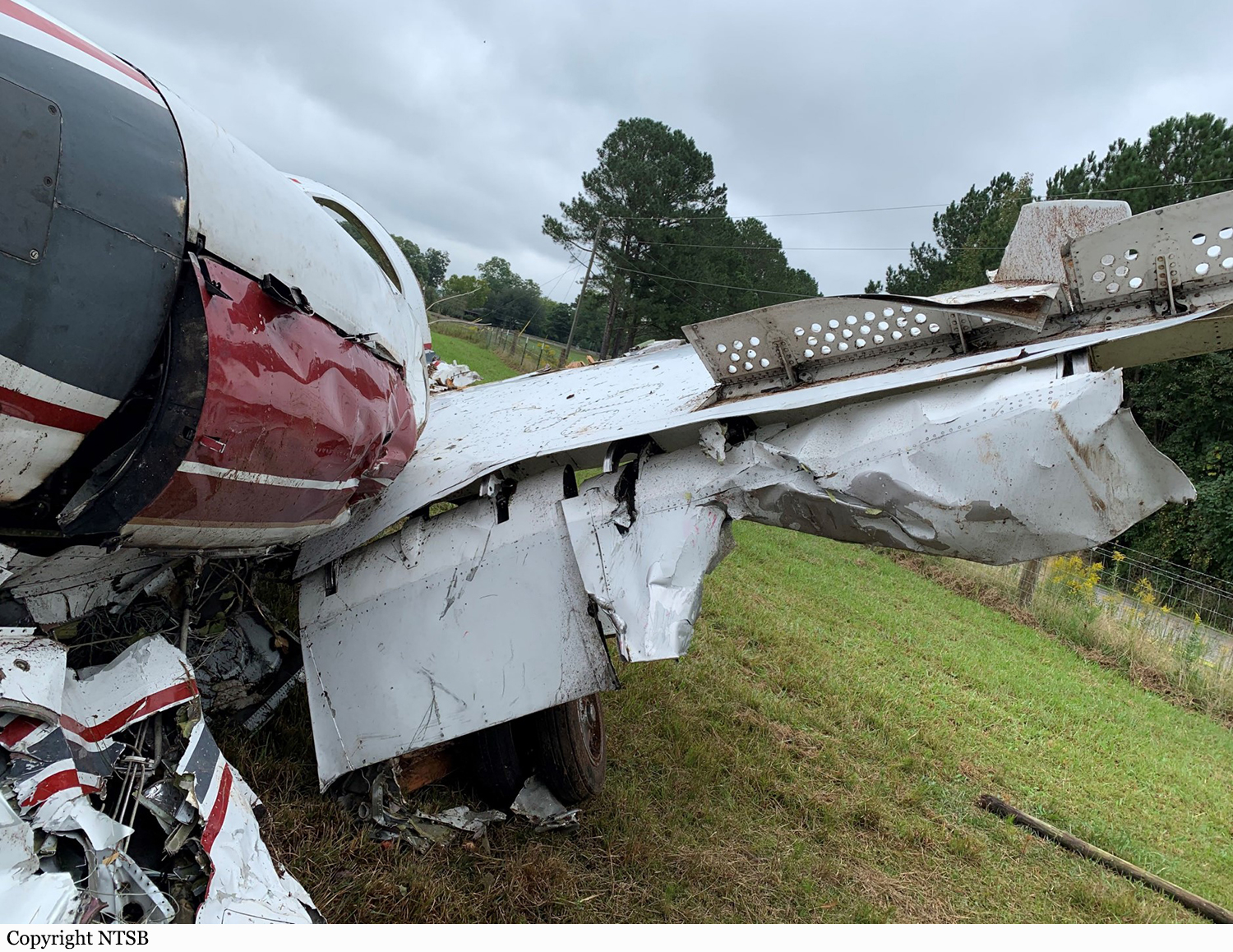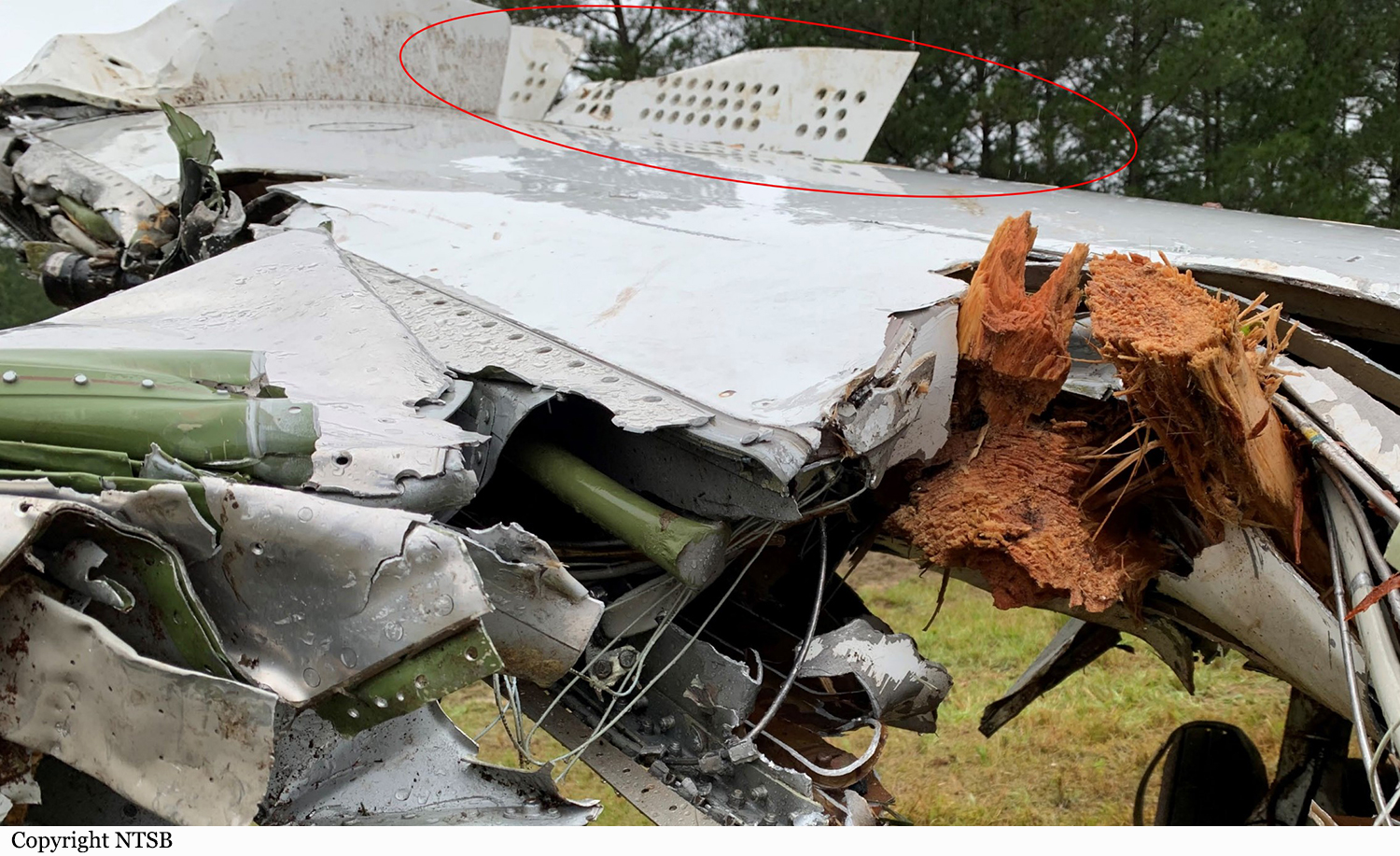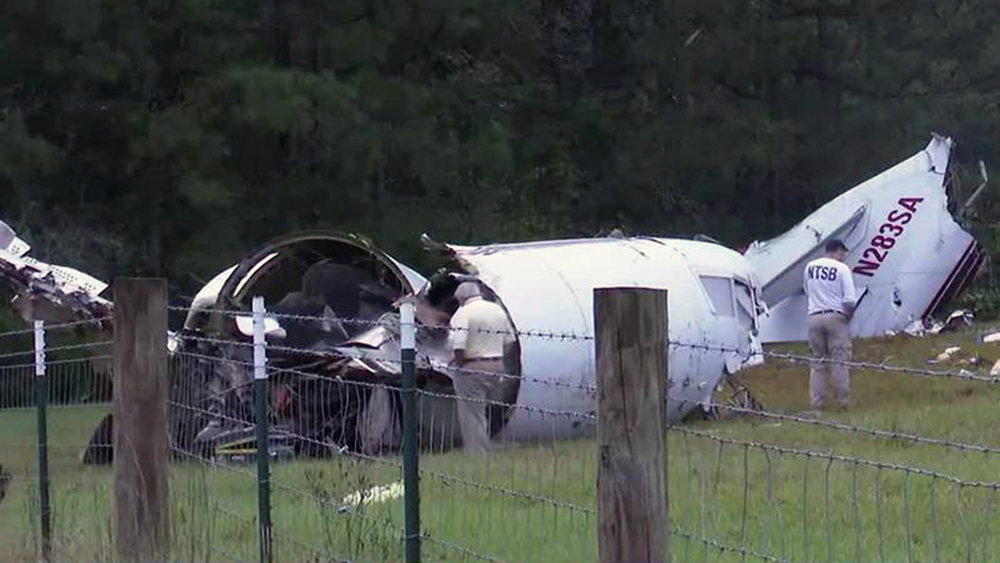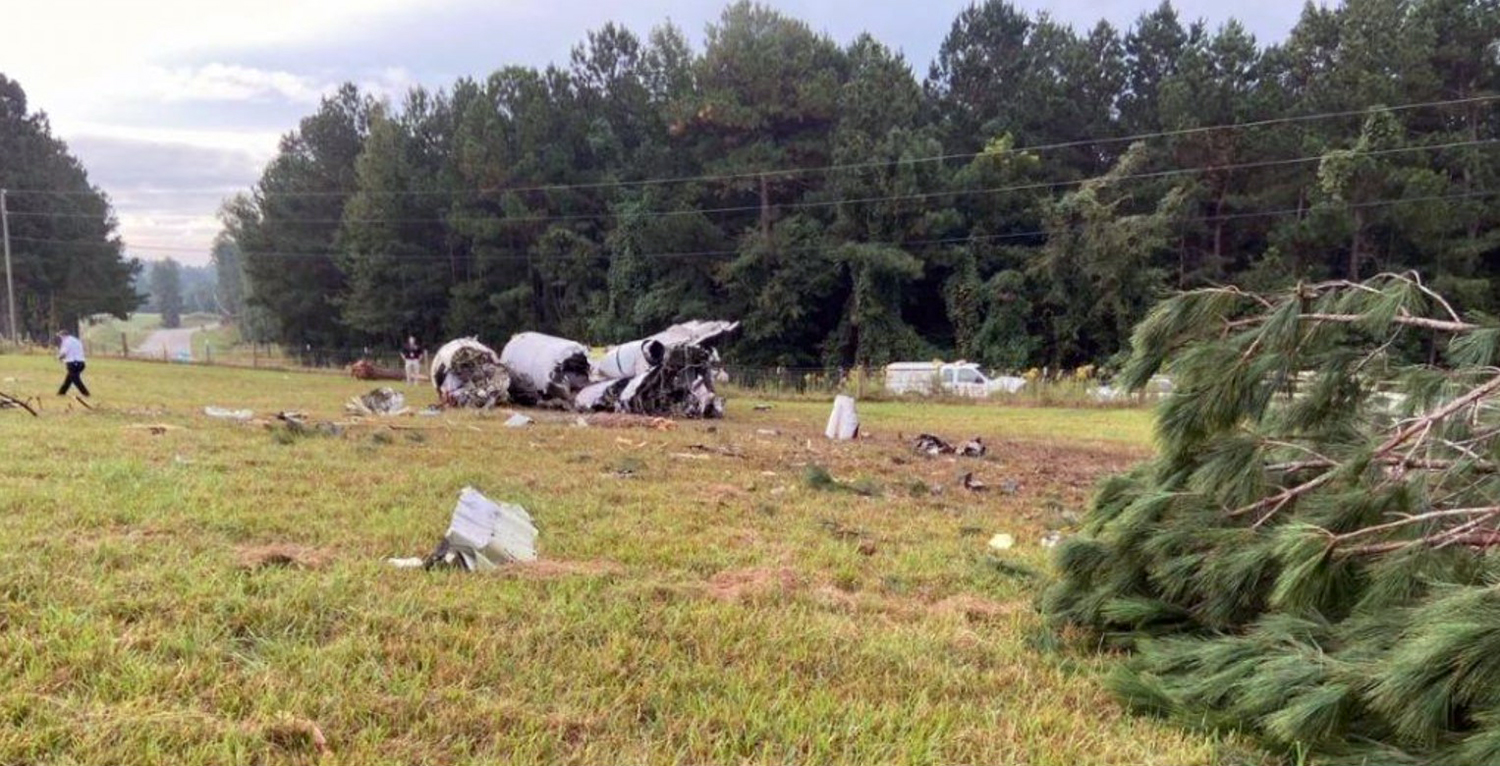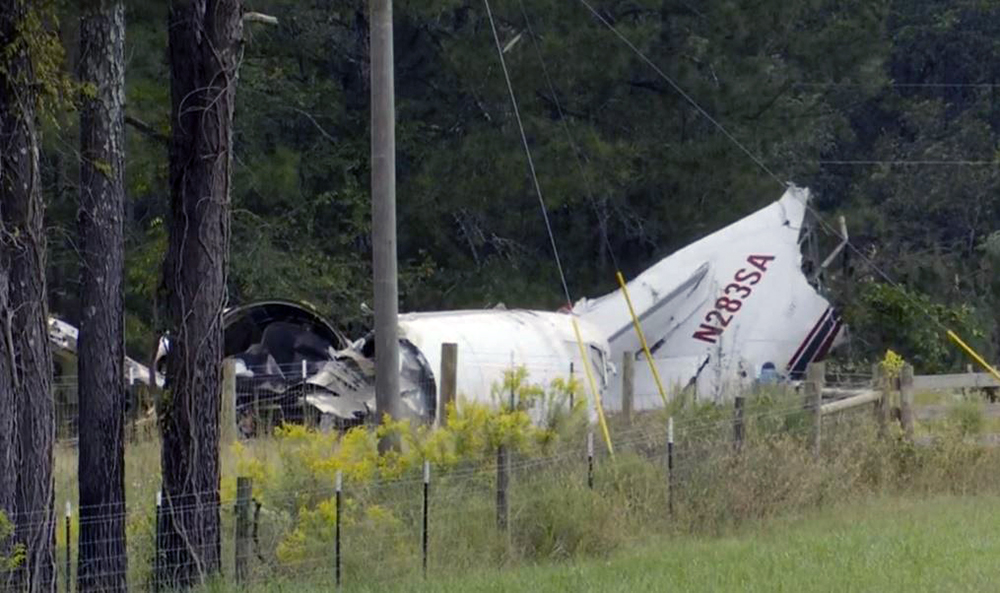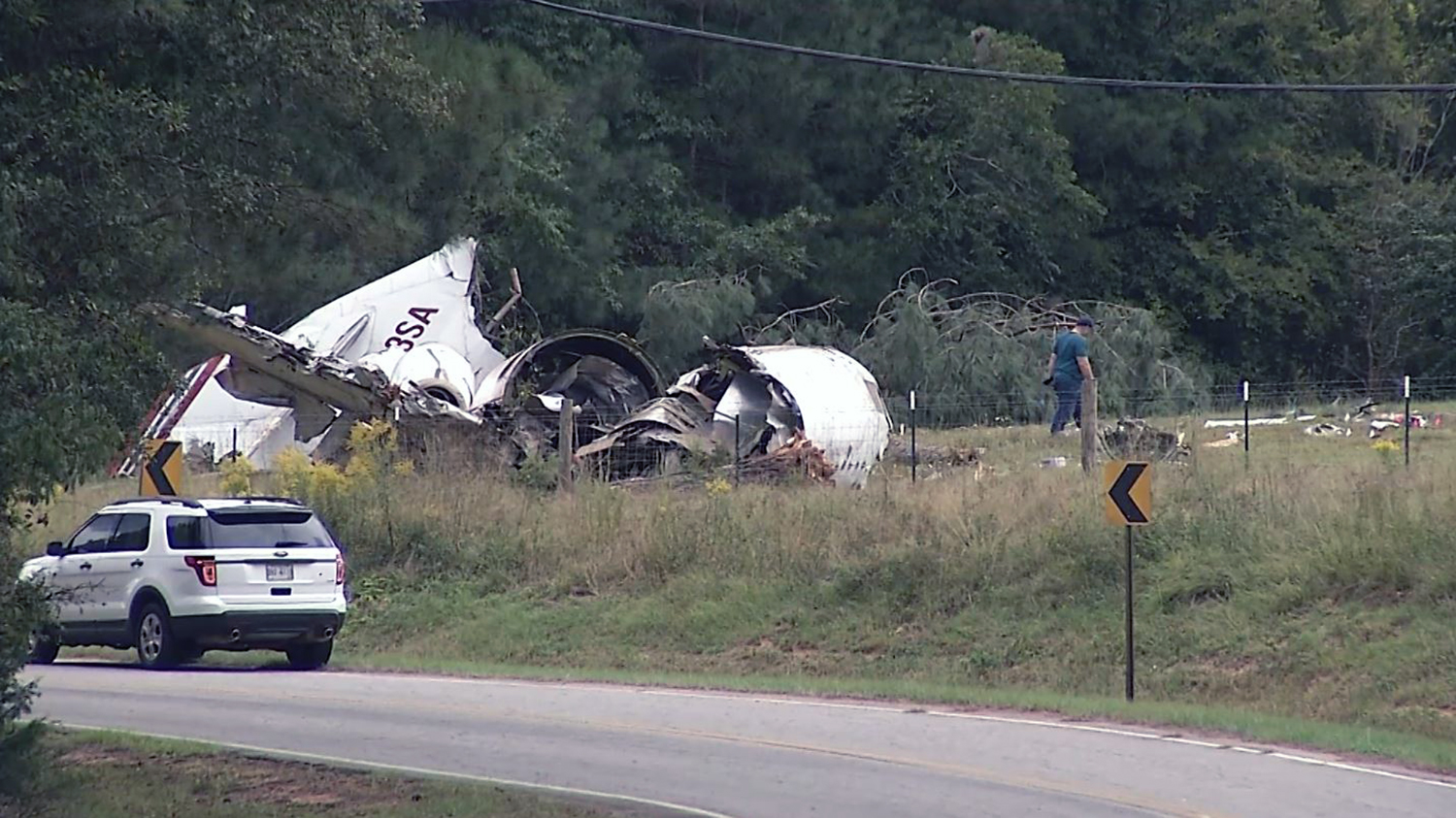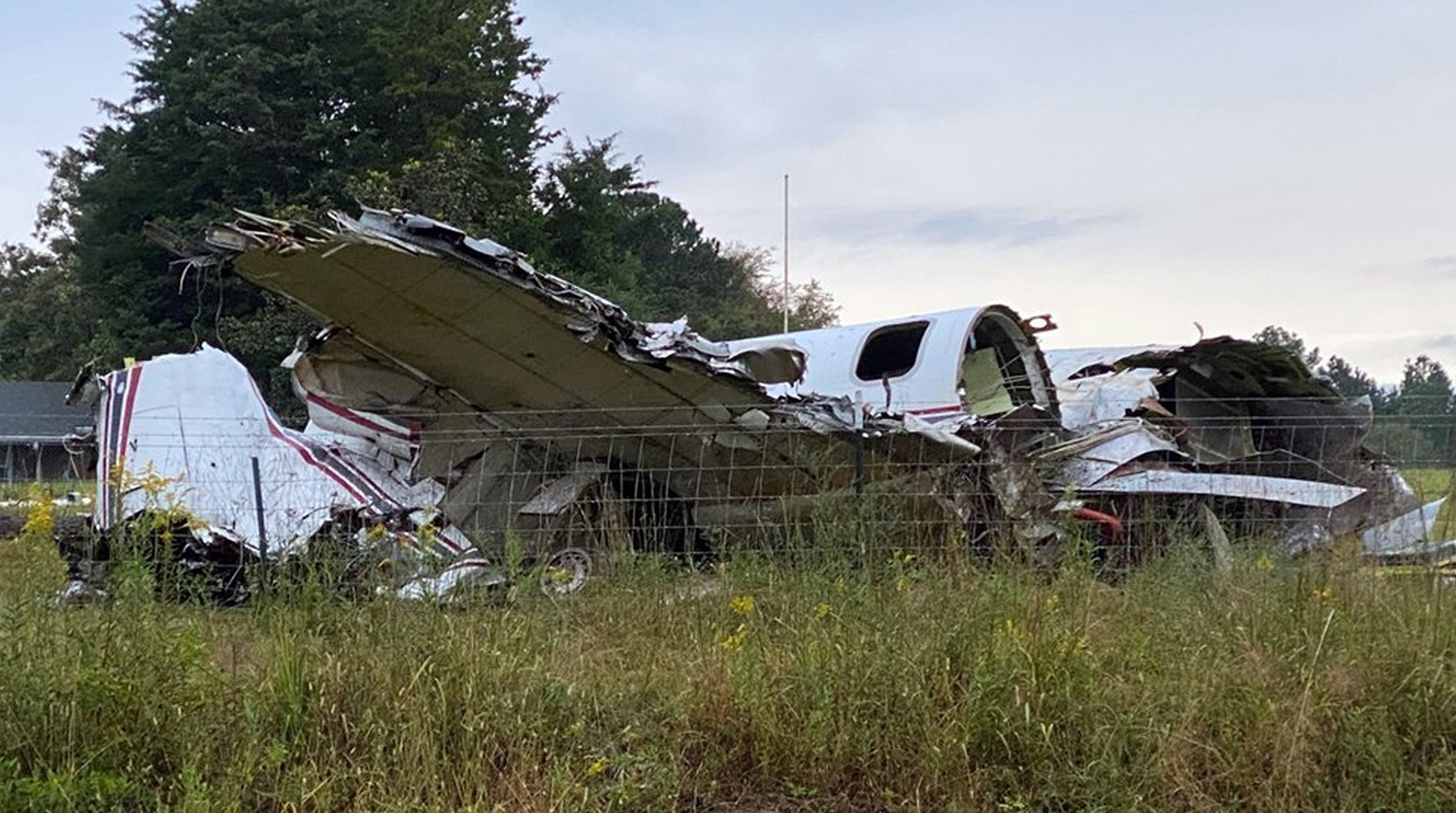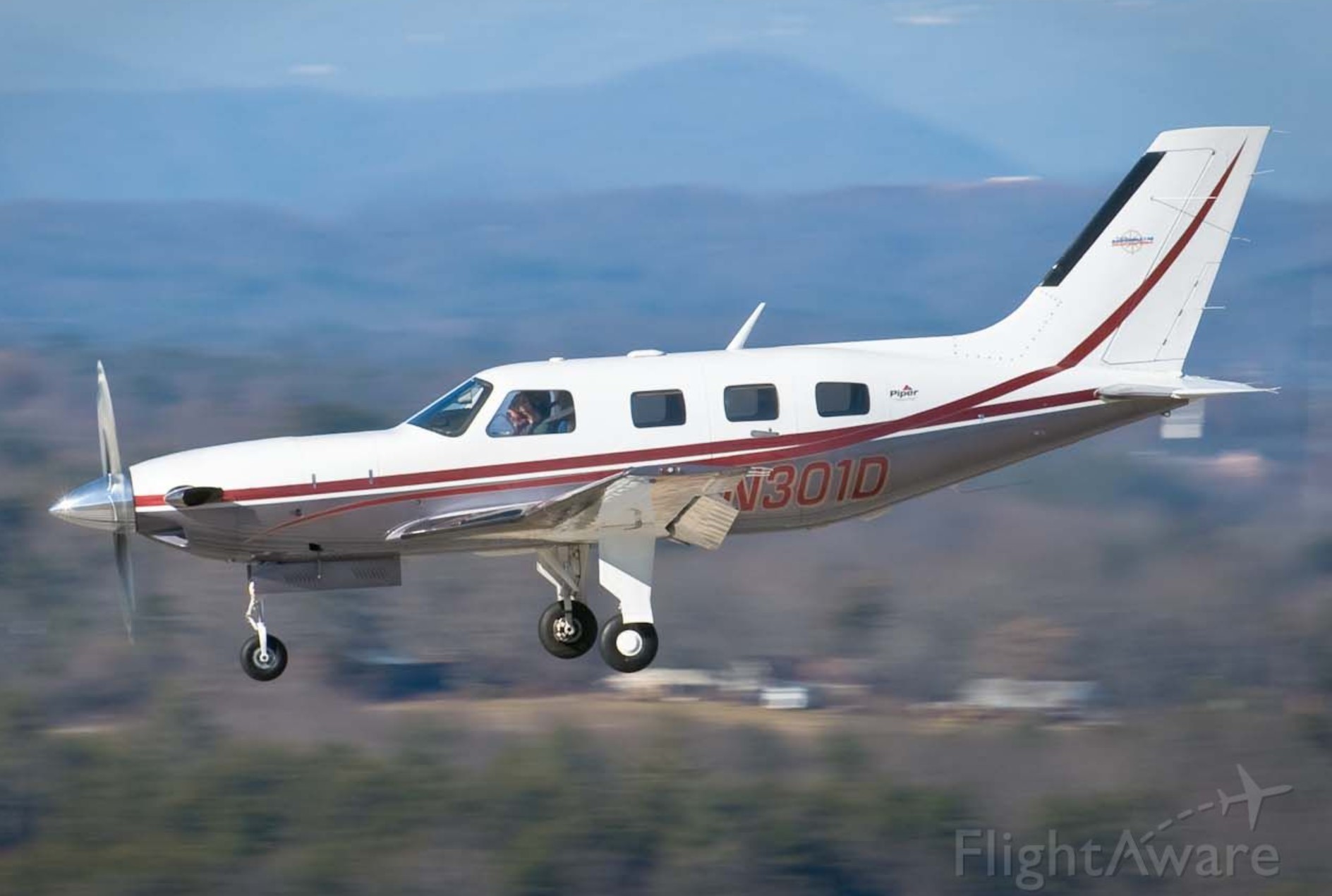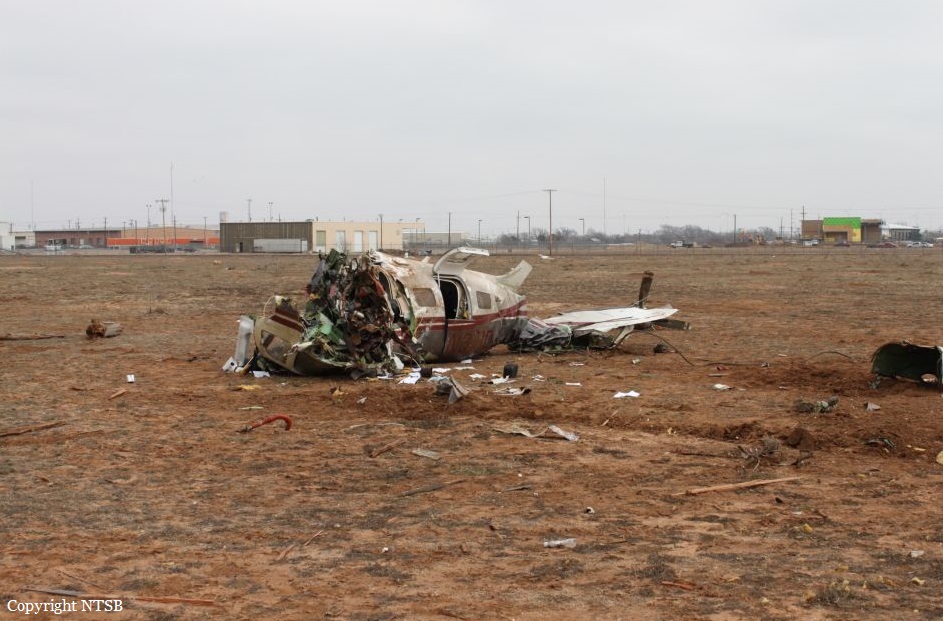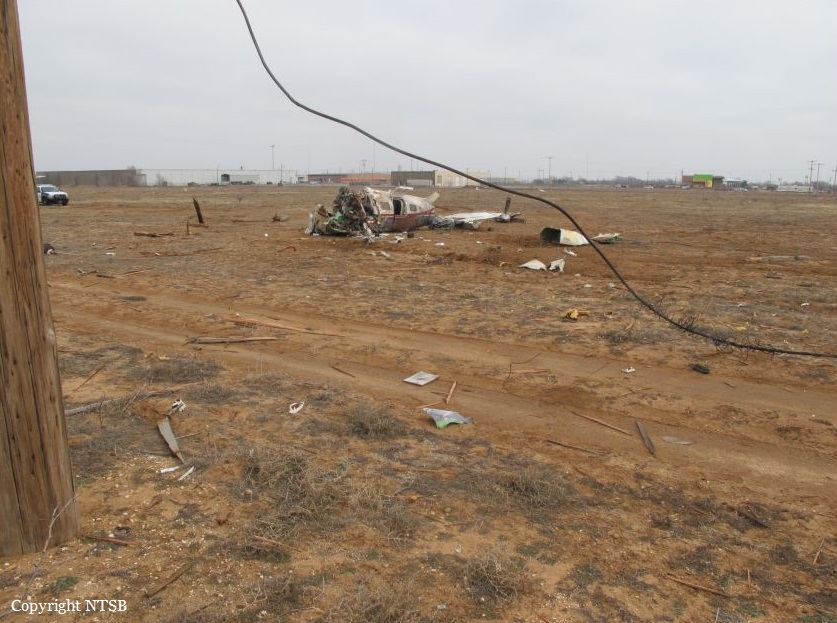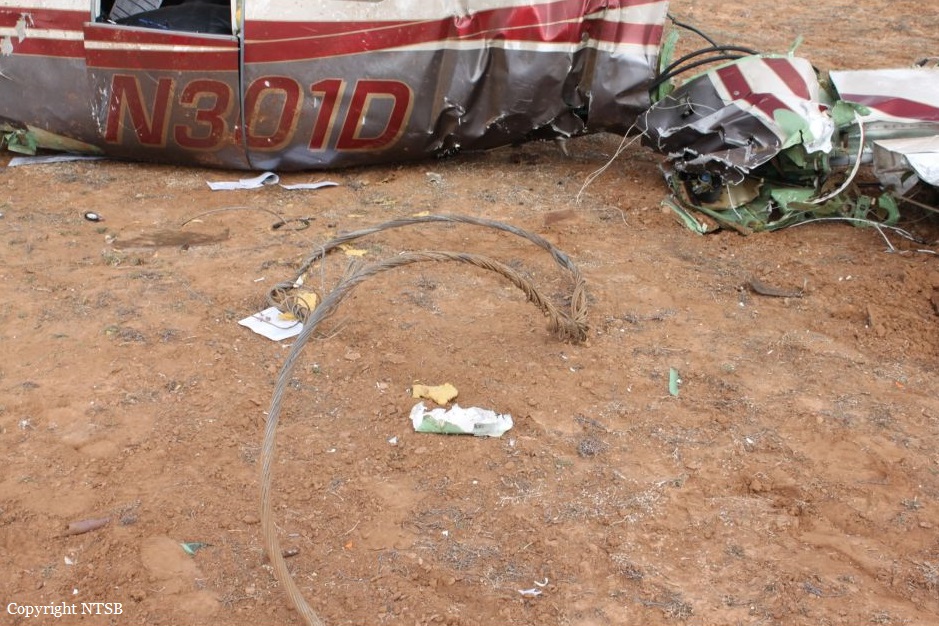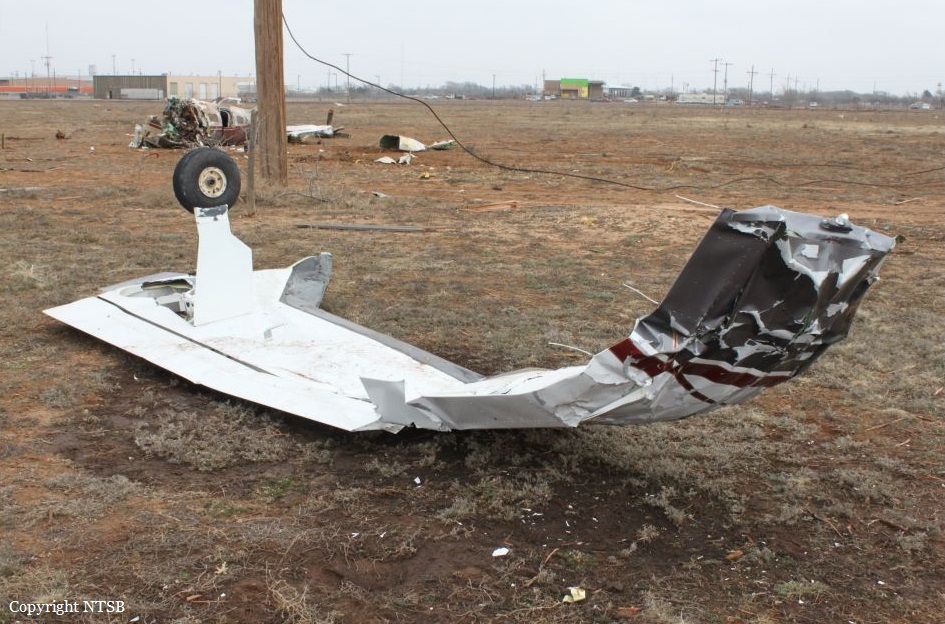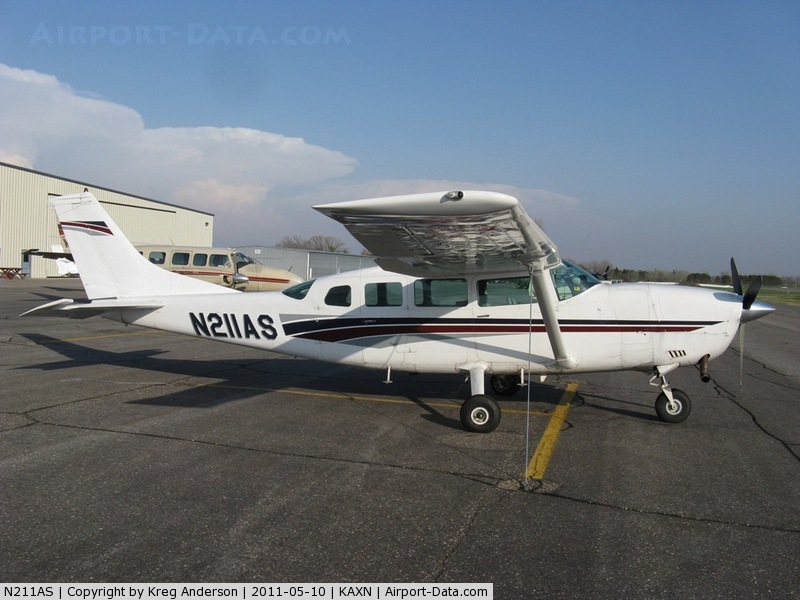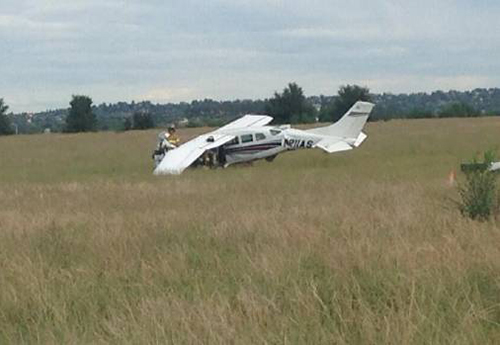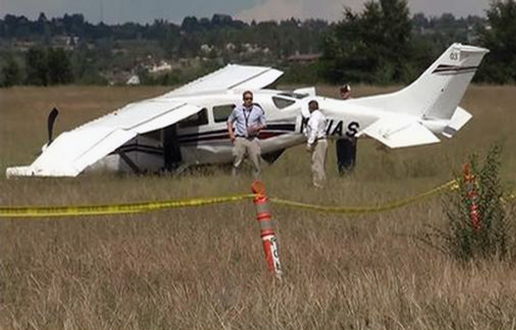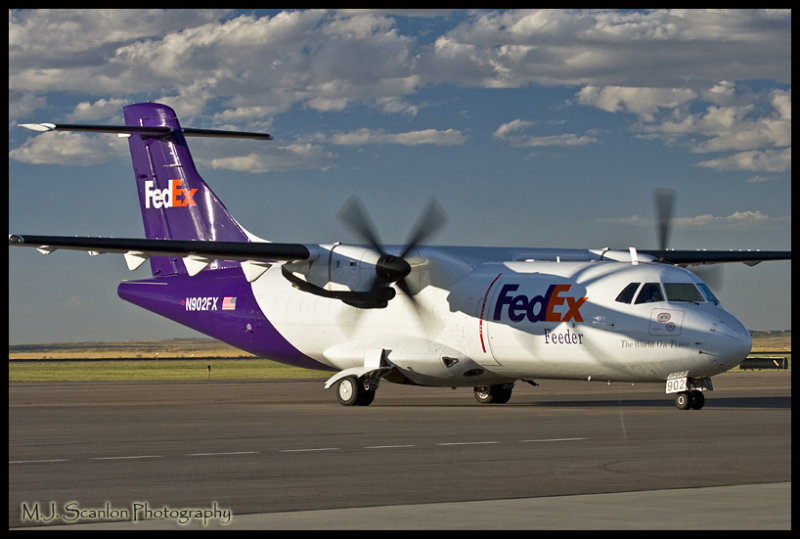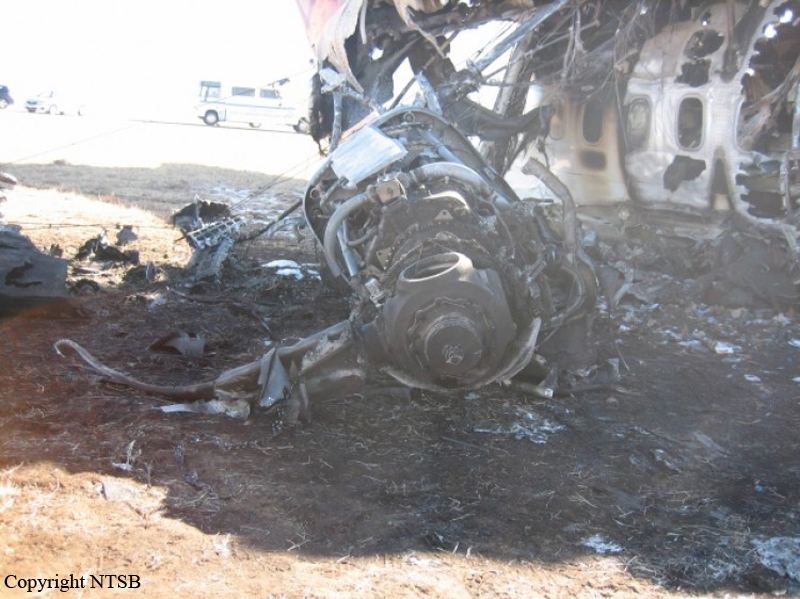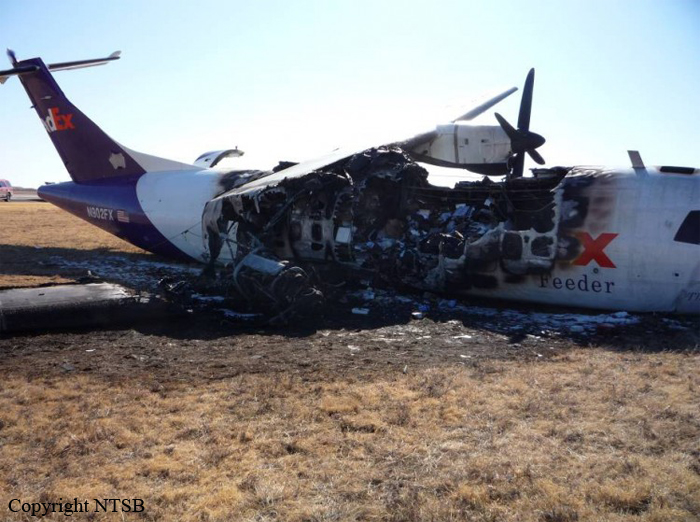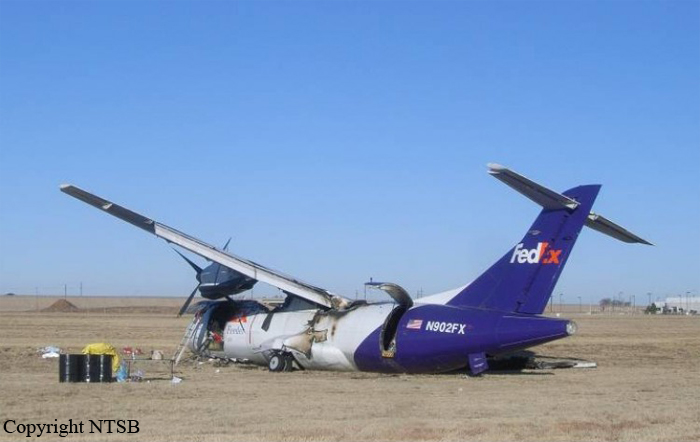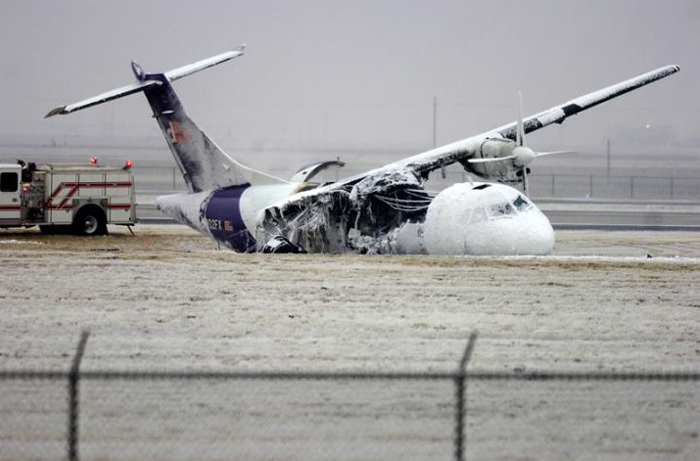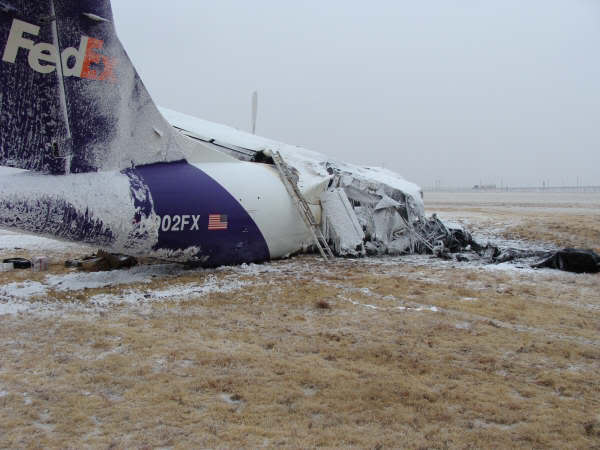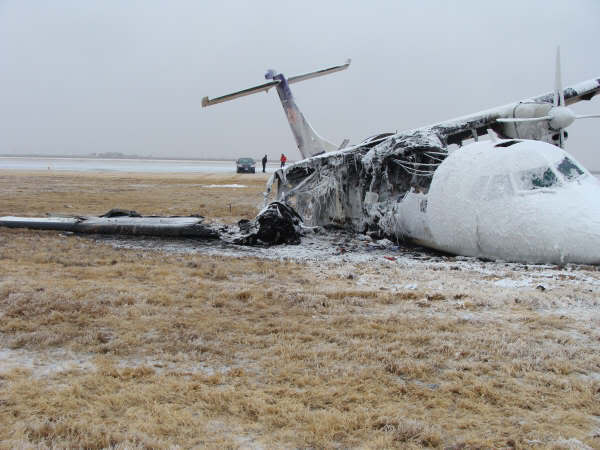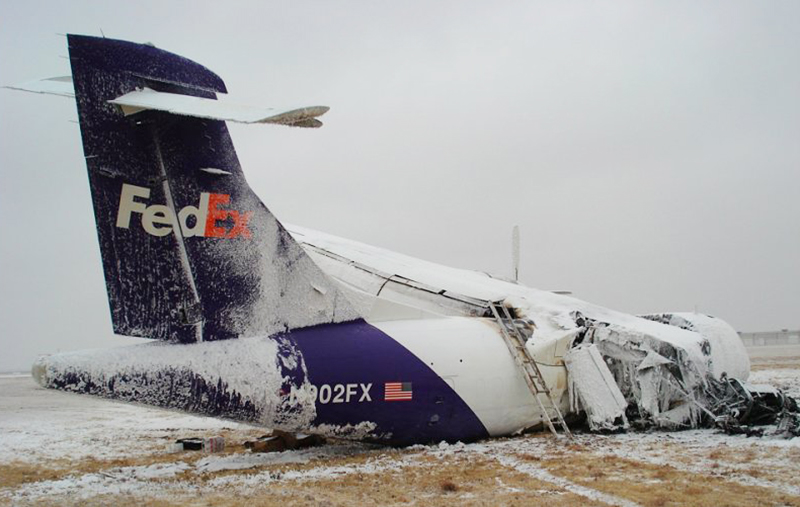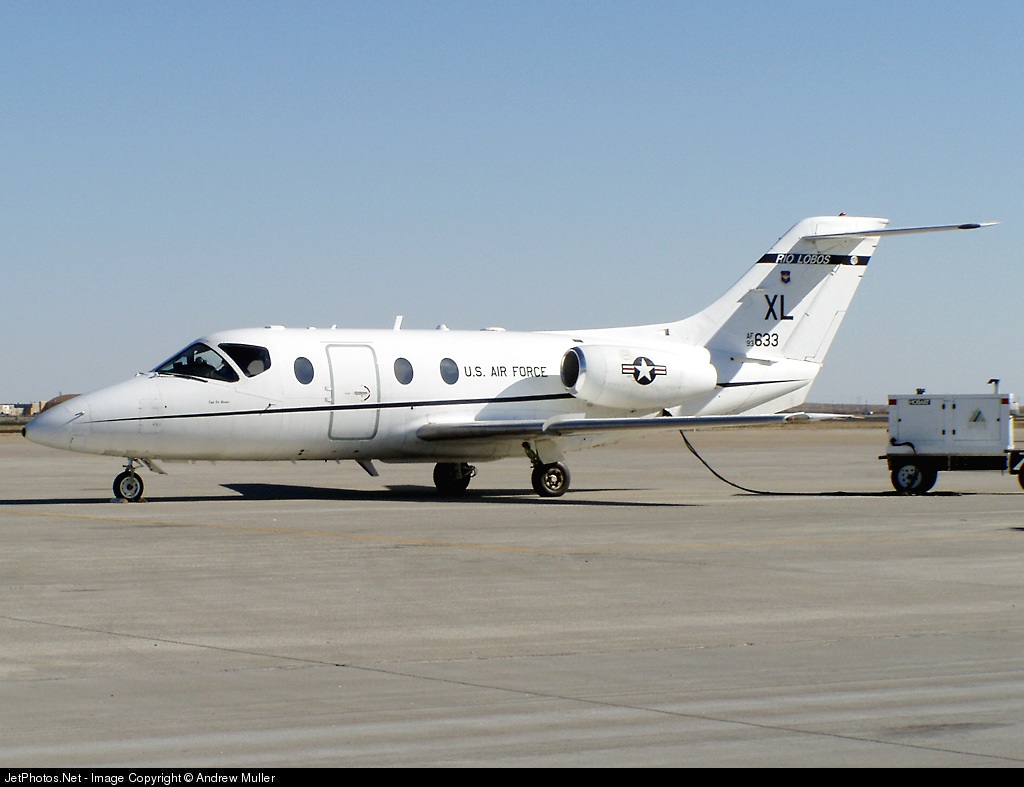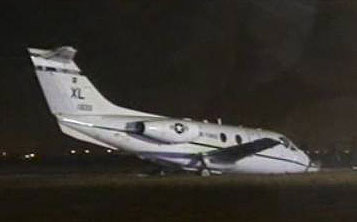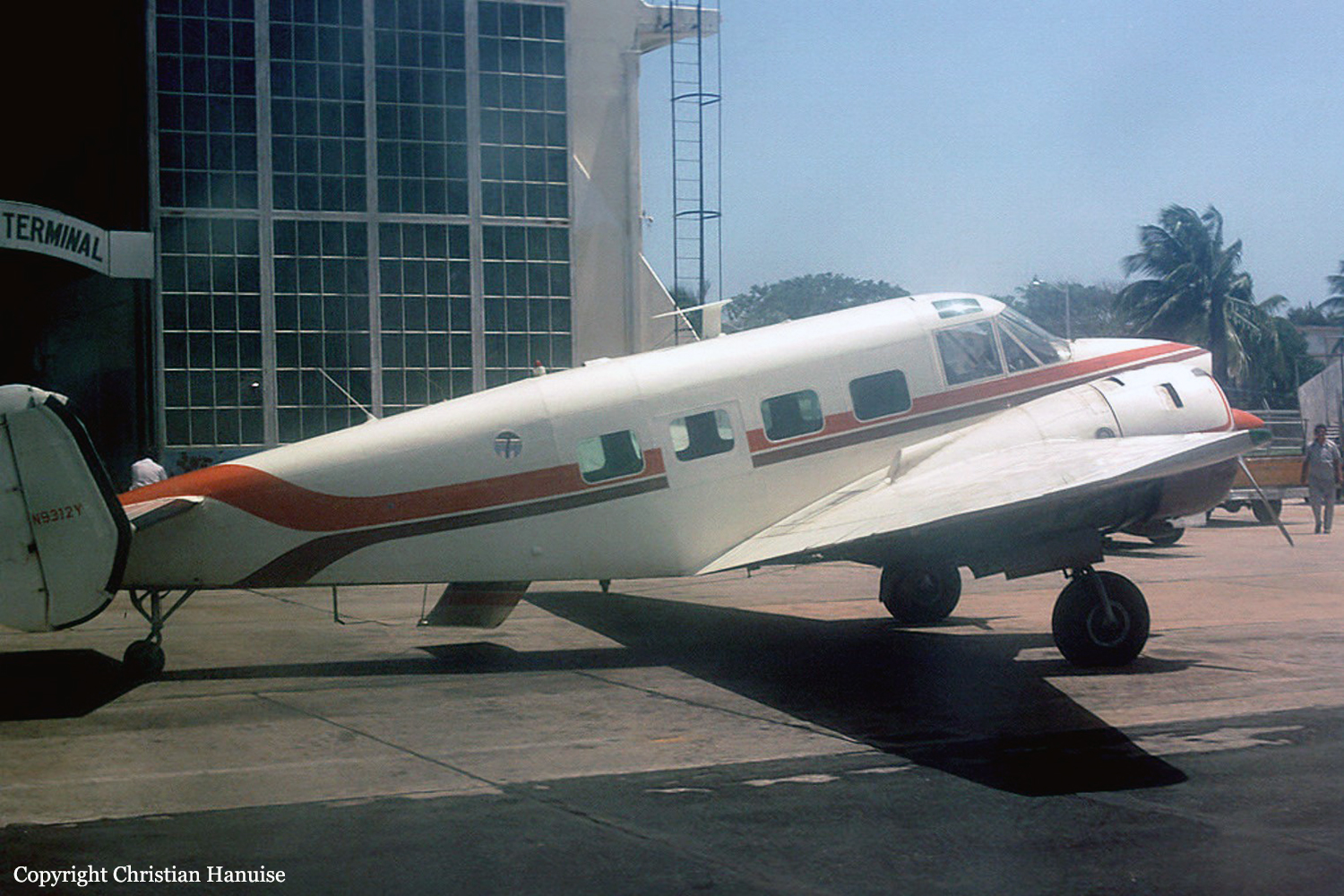Crash of a Dassault Falcon 20CC in Thomson: 2 killed
Date & Time:
Oct 5, 2021 at 0544 LT
Registration:
N283SA
Survivors:
No
Schedule:
Lubbock - Thomson
MSN:
83
YOM:
1967
Flight number:
PKW887
Crew on board:
2
Crew fatalities:
Pax on board:
0
Pax fatalities:
Other fatalities:
Total fatalities:
2
Captain / Total hours on type:
1665.00
Copilot / Total hours on type:
1248
Aircraft flight hours:
18798
Circumstances:
The captain and first officer were assigned a two-leg overnight on-demand cargo flight. The flight crew were accustomed to flying night cargo flights, had regularly flown together, and were experienced pilots. The first leg of the trip was uneventful and was flown by the captain; however, their trip was delayed 2 hours and 20 minutes at the intermediate stop due to a delay in the freight arriving. The flight subsequently departed with the first officer as the pilot flying. While enroute, about forty minutes from the destination, the flight crew asked the air traffic controller about the NOTAMs for the instrument landing system (ILS) instrument approach procedure at the destination. The controller informed the flight crew of two NOTAMs: the first pertained to the ILS glidepath being unserviceable and the second applied to the localizer being unserviceable. When the controller read the first NOTAM, he stated he did not know what “GP” meant, which was the abbreviation for the glideslope/glidepath on the approach. The controller also informed the flight crew that the localizer NOTAM was not in effect until later in the morning after their expected arrival, which was consistent with the published NOTAM. The flight crew subsequently requested the ILS approach and when the flight was about 15 miles from the final approach fix, the controller cleared the flight for the ILS or localizer approach, to which the captain read back that they were cleared for the ILS approach. As the flight neared the final approach fix, the captain reported that they had the airport in sight; he cancelled the instrument flight rules flight plan, and the flight continued flying towards the runway. The airplane crossed the final approach fix off course, high, and fast. The cockpit voice recorder (CVR) transcript revealed that the captain repeatedly instructed the first officer to correct for the approach path deviations. Furthermore, the majority of the approach was conducted with a flight-idle power setting and no standard altitude callouts were made during the final approach. Instead of performing a go-around and acknowledging the unstable approach conditions, the captain instructed the first officer to use the air brakes on final approach to reduce the altitude and airspeed. Shortly after this comment was made, the captain announced that they were low on the approach and a few seconds later the captain announced that trees were observed in their flight path. The CVR captured sounds consistent with power increasing; however, the audible stall warning tone was also heard. Subsequently, the airplane continued its descent and impacted terrain about .70 nautical mile from the runway. The airplane was destroyed by impact forces and both occupants were killed.
Probable cause:
The flight crew’s continuation of an unstable dark night visual approach and the captain’s instruction to use air brakes during the approach contrary to airplane operating limitations, which resulted in a descent below the glide path, and a collision with terrain. Contributing to the accident was the captain’s poor crew resource management and failure to take over pilot flying responsibilities after the first officer repeatedly demonstrated deficiencies in flying the airplane, and the operator’s lack of safety management system and flight data monitoring program to proactively identify procedural non-compliance and unstable approaches.
Final Report:
